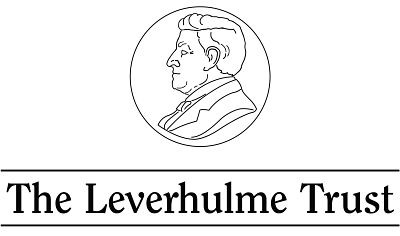Urban Microcosms (1789-1940)
International Conference, 14-16 September 2015
Clifton Hill House, University of Bristol
It is a commonplace of scholarship that modernity in literature and culture is bound up with city life. The growth of cities over the course of the nineteenth century, so the argument runs, fostered social and intellectual, literary and artistic diversity; and as a result, new ways of seeing things emerged, which were captured most prominently, but not exclusively, in the works of Charles Baudelaire. Yet public life in cities is not evenly distributed across the various urban spaces. It is concentrated in a variety of small locations. Many of these – railway stations, arcades, department stores, coffee houses, hotels, theatres, universities, churches – constitute the cities’ cores. But the range also includes places such as salons, parks, brothels and even public lavatories, which are less quintessentially metropolitan. Others again, such as spas, beaches or railway interchanges, are located on the peripheries of cities or even outside them altogether. Indeed these networks of non-metropolitan urban spaces are every bit as important as catalysts for modernity as their big city counterparts.
The conference aims at devising a comprehensive comparative phenomenology of these spaces – which we propose to call urban microcosms – for the period from 1789 to 1940. It will enable scholars working on social, urban, political, cultural, literary, art and theatre history and theory, across a broad range of regions, to exchange their thoughts and findings.
The conference is jointly organised by Margit Dirscherl, Leverhulme Early Career Fellow at the University of Bristol, and Astrid Köhler, Reader in German at Queen Mary University of London. Confirmed keynote speakers are Sven Hanuschek (LMU, Munich), Esther Leslie (Birkbeck, London) and Robert Lethbridge (Fitzwilliam, Cambridge).
- Conference Programme
- Bin - content/sections to be deleted
- Bin - content/sections to be deleted
- Registration and directions
The conference is generously supported by the Leverhulme Trust and Queen Mary University of London.


